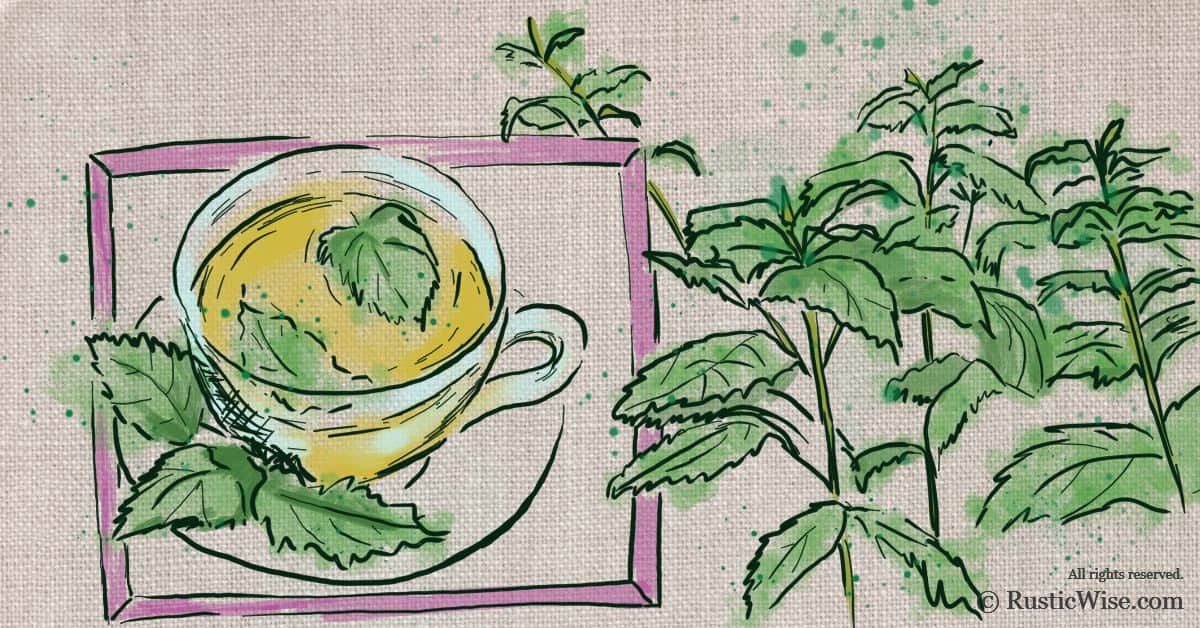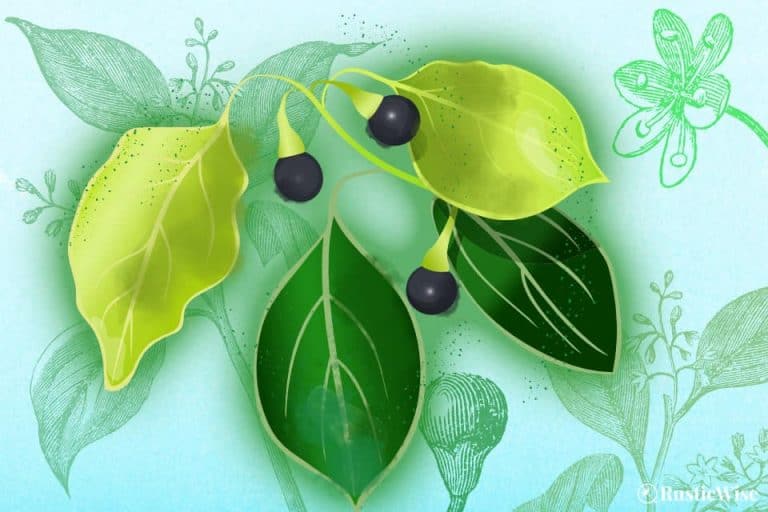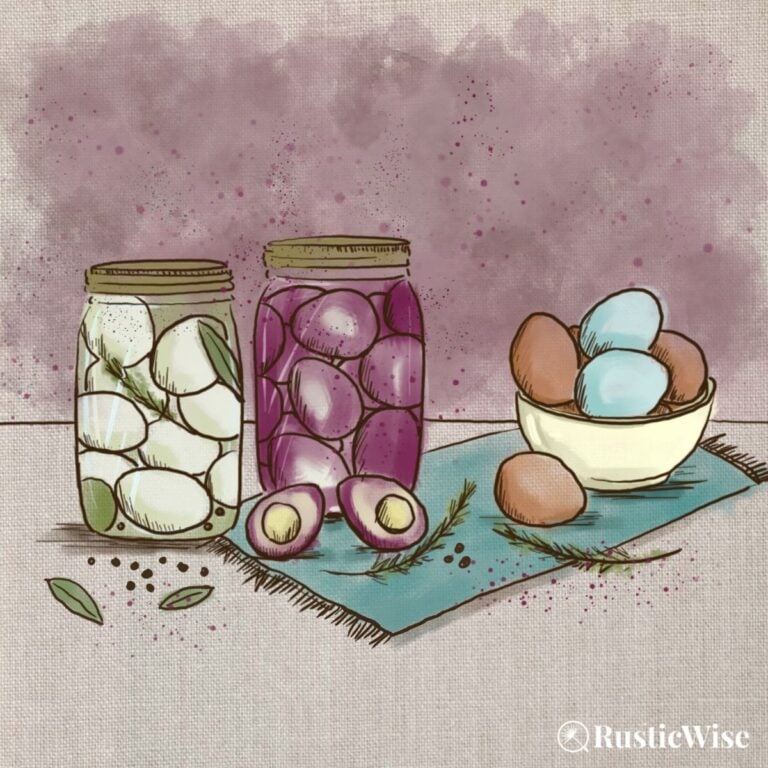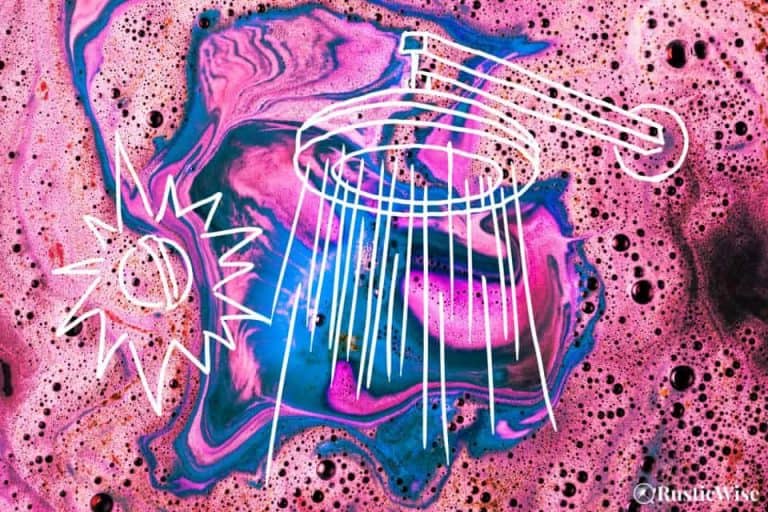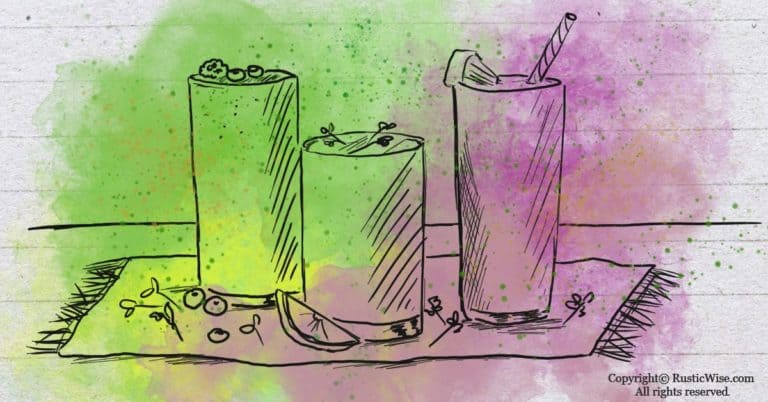What is Stinging Nettle Good For: Amazing Health and Medicinal Uses
I pity the poor person who accidentally stumbles upon a stinging nettle patch! The stinging nettle plant (Urtica dioica), also known as common nettle, is a perennial herbaceous plant that’s found around the world. Just as the name implies, when brushed against the skin, the tiny hairs covering its leaves and stems cause a temporary stinging or burning sensation and a skin rash.
Stinging nettle is a member of the Urticaceae family. While Urtica dioica is native to Europe and Asia, it’s now naturalized in North America. Another relative or subspecies of common stinging nettle is American nettle (Urtica gracilis) which is native to most of North America.
What is stinging nettle good for? Stinging nettle is a prized plant that’s rich in nutrients and used for a wide range of natural medicinal purposes including treating prostatic hyperplasia (enlarged prostate gland), and minor hay fever symptoms.
Before taking stinging nettle for medicinal purposes, please consult your doctor.
Let’s learn more about stinging nettles.
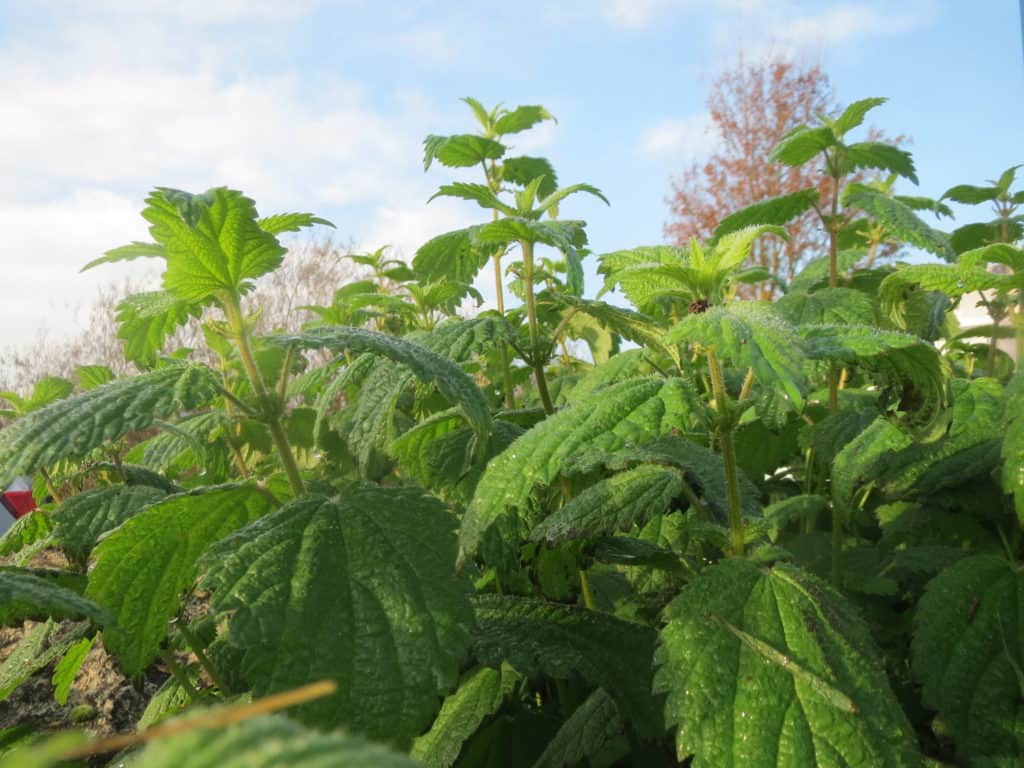
Where can you find nettle?
Stinging nettle plants grow in areas of partial shade, but prefer full sun. You’ll find this perennial plant growing in patches of wooded areas, alongside rivers, in areas of disturbed soil, and throughout fields. Nettle patches are a result of its effective underground root system and the fact that it produces an abundance of seeds.
If you’re looking to forage for wild stinging nettle, please be careful you’ve identified it correctly before consuming it. Ask a local specialist if you’re not 100 percent certain about its identity. Stinging nettle can grow between 3–7 feet tall. Its leaves are characterized by a paper-thin texture and jagged edges. Leaves grow in pairs and are oppositely attached to stems. Nettle is best harvested when leaves are young in the springtime. Take a pair of scissors to snip off the top several inches of the plant. Don’t forget to bring a pair of gloves to protect your hands from stings!1
If you’re looking to buy stinging nettle, you can buy nettle tea or prepared supplements from health or vitamin stores.
Is it safe to eat stinging nettle?
Why would anyone venture to eat a plant that “stings” you might be wondering. The good news is that stinging nettle is perfectly edible once it’s cooked, frozen, dehydrated/dried, or prepared as a supplement or tea. Never eat fresh leaves as they can cause pain and irritation.
The leaves, stems, and roots are edible. Use it like other leafy, earthy greens such as spinach. Slightly sweet, slightly earthy with a bit of umami, nettle has a pleasant flavor that can be used in a variety of dishes. Try stir frying, adding to pasta dishes, or using nettle leaves in soups, stews, and quiches.
You’ve likely heard of nettle tea (sometimes referred to as a nettle herbal infusion or a nettle decoction). This is made by using either fresh, or dried nettle leaf and flowers and steeping in boiling water. A decoction is prepared in a similar fashion, except the leaves and flowers are strained after boiling.
Stinging nettle is also available in powder form as a seasoning, dried for use in teas and tonics, as an herbal supplement in capsule form, or made into creams or ointments.
Health benefits of stinging nettle
So, what exactly is stinging nettle good for? If you’re wondering what stinging nettle is good for, look no further than its health benefits. Add stinging nettle to your list of power foods alongside spinach and kale. Adding nettle to your diet as a cooked leafy green, blended as a juice, or steeped into a warming cup of tea provides a healthy dose of vitamins, antioxidants and amino acids. Here are a few health benefits of stinging nettle:
- Nutrient-rich. Nettle is rich in vitamins A, C, and K as well as B vitamins. It also contains iron, calcium, magnesium, potassium, phosphorous, sodium, and beta-carotene. Nettle contains all the essential amino acids. Stinging nettle is also a rich source of antioxidants which serve as protection from cancer and free radicals.
- Diuretic properties. Nettle helps to cleanse the body of excess water, salt, and other impurities in the body. Nettle tea serves as a general health tonic.
- Promotes liver health. The antioxidants present in nettle help protect the liver from inflammation and toxins.
Medicinal uses of stinging nettle
There are also several medicinal uses of stinging nettle although more studies are needed to show stinging nettle’s effectiveness for some uses. Here’s a quick look at some health benefits of this herbaceous plant:
- Treating benign prostatic hyperplasia (BPH). Many older men suffer from BPH which is characterized by an enlarged prostate gland. This leads to problems related to urination (pain, and either too frequent, or an inability to urinate). Studies have shown that stinging nettle root extracts provide a natural remedy to help with BPH by reducing the size of the prostate gland.
- Reduces inflammation. Stinging nettle is used to fight inflammation in conditions such as arthritis. While more work is needed to study the effects of using stinging nettle, one study showed participants with arthritis who used a stinging nettle cream reported less pain compared to the placebo group.
- Lowers blood sugar levels. One study performed on people with Type 2 diabetes showed that taking nettle leaf extract in capsule form for three months resulted in lower blood sugar levels than the placebo group. However more studies in this area are required.
- Lowers blood pressure. Nettle acts as a stimulant for nitric oxide which helps relax the blood vessel muscles, allowing them to widen. Studies performed on animals showed stinging nettle helped increase the heart’s antioxidant protection while lowering blood pressure. More studies performed on humans needed to confirm effectiveness.
- Relieves hay fever symptoms. Finding a natural remedy to combat seasonal runny nose, itchiness, and puffy eyes is something we all could use. Stinging nettle tea made from leaves and flowers may provide temporary relief from hay fever, but more studies are needed to prove efficacy.
Possible side effects of stinging nettle
Please consult with a doctor before taking stinging nettle. A few possible side effects some people may experience when taking stinging nettle include stomach pains or sweating.
- Women who are pregnant or breastfeeding should avoid stinging nettle. Nettle may stimulate uterine contractions resulting in miscarriage.
- People with diabetes need to carefully monitor blood sugar levels as stinging nettle may decrease blood sugar levels.
- People with kidney issues should use caution as stinging nettle may increase urination.
- People with low blood pressure need to use caution as stinging nettle acts as an agent to lower blood pressure. There’s a risk of your blood pressure dropping too low.
How stinging nettle helps your garden
While we’ve looked at most of the popular uses of stinging nettle (consumed for health or medicinal properties), one benefit of stinging nettle that’s often overlooked is how it helps in the garden.
- Compost activator. As a plant, it contains nitrogen compounds. If you have a compost pile, use nettle as a rice source of nitrogen to speed up the decomposition process.
- Natural fertilizer. As mentioned, nettle is full of nitrogen making it a good natural fertilizer. Make a liquid compound with small bits of nettle leaf mixed with water. Let this concoction sit for several weeks before using on plants.
- Attracts aphids. Aphids love nettle. Use nettle as a “sacrificial” plant to attract aphids away from other ornamental plants.
Conclusion: what is stinging nettle good for?
Stinging nettle isn’t exactly a plant you’d want to cozy up to, but it’s a rich source of vitamins A, C, and K as well as B vitamins. It’s chock-full of antioxidants and essential amino acids. Cooking stinging nettle and adding to stir frys, soups or stews is a great way to add more nutrients to your diet.
Speak to a doctor before using stinging nettle for medicinal purposes such as treating benign prostatic hyperplasia (BPH), arthritis, blood pressure, blood sugar levels, or hay fever. As with any herbal supplement, stinging nettle is best taken in moderation.
References
- Monger, Karen (2015). Adventures in Edible Plant Foraging: Finding, Identifying, Harvesting, and Preparing Native and Invasive Wild Plants. Skyhorse Publishing. ISBN 978-1-63450-407-2.
- USDA, Food Central Database, Stinging Nettles, blanched, https://fdc.nal.usda.gov/fdc-app.html#/food-details/169819/nutrients. Accessed March 2020.
- Randall C, Randall H, Dobbs F, Hutton C, Sanders H. (June 2000). Randomized controlled trial of nettle sting for treatment of base-of-thumb pain. 93(6):305-9. DOI: 10.1177/014107680009300607. https://www.ncbi.nlm.nih.gov/pubmed/10911825
- Kianbakht S, Khalighi-Sigaroodi F, Dabaghian FH (2013). Improved glycemic control in patients with advanced type 2 diabetes mellitus taking Urtica dioica leaf extract: a randomized double-blind placebo-controlled clinical trial.59(9-10):1071-6. DOI: 10.7754/clin.lab.2012.121019. https://www.ncbi.nlm.nih.gov/pubmed/24273930/
- WebMd, Vitamins & Supplements, Stinging Nettle, https://www.webmd.com/vitamins/ai/ingredientmono-664/stinging-nettle. Accessed March 2020.

Author: Theresa Tesolin
Theresa is co-founder of RusticWise. She helps people unleash their inner DIY spirit by encouraging them to get dirty and make or grow something from scratch.

